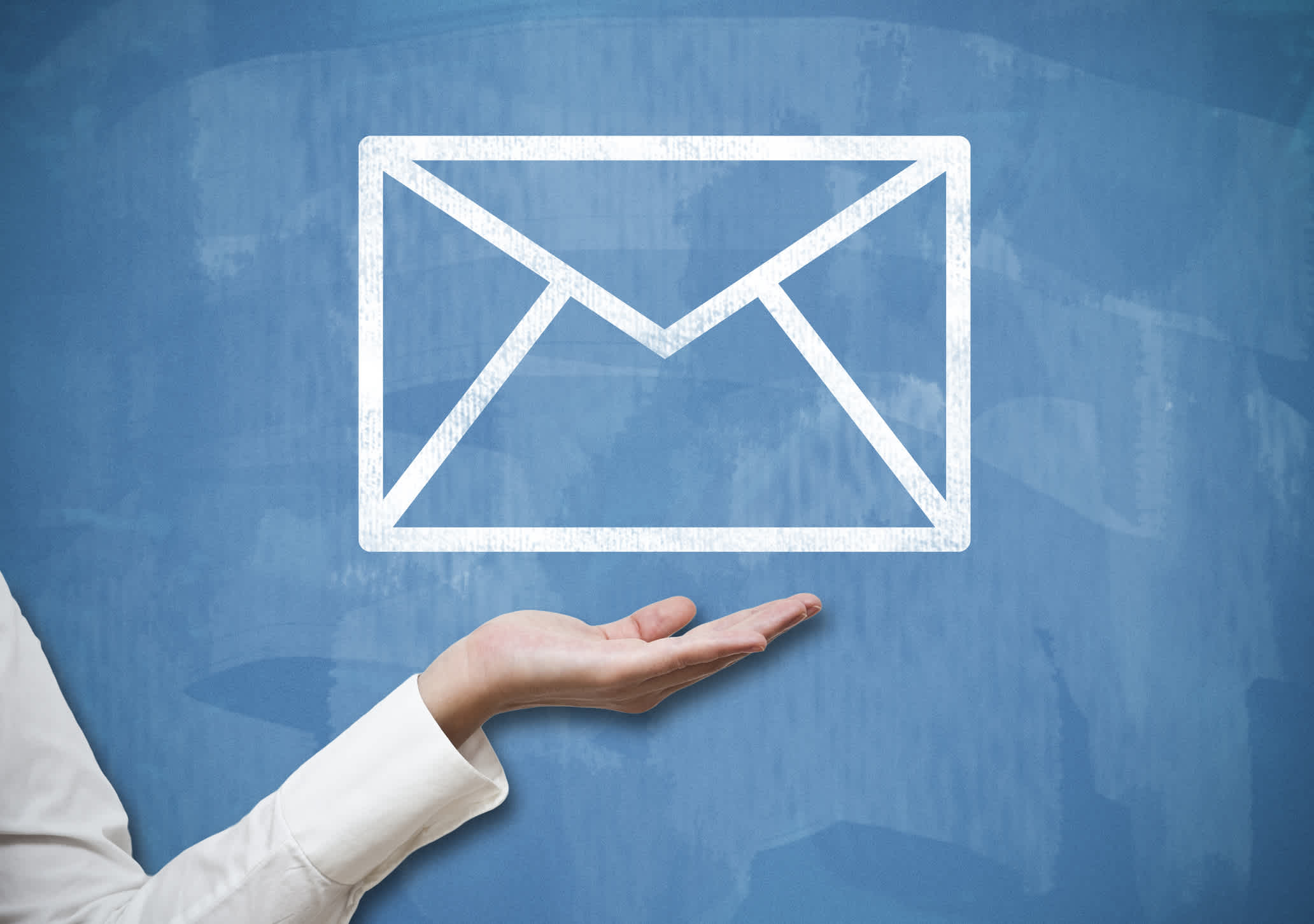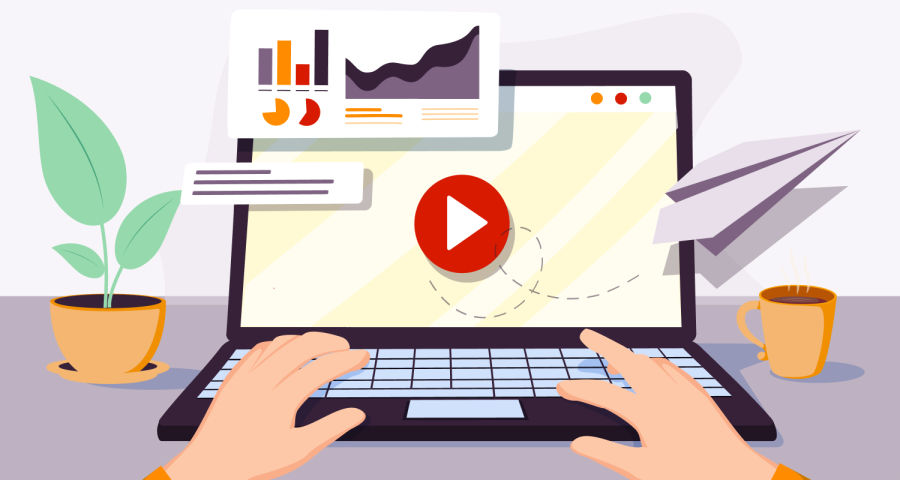//
Dec 12, 2022
Inbound Drip Email Campaigns: Engage on Autopilot
Suppose you just launched a B2B marketing campaign offering a free white paper with a gated landing page. You're eager to start seeing leads flow in. After all, you've spent much marketing time and money to get this campaign up and running.
If you begin sending them a chain of emails after a prospect gives their information immediately, you might have just undone all the hard work you took to get the prospect to provide you with their contact information. The recipient merely wanted a download to the white paper to find out more information, not to have their inbox stuffed with hard-selling emails.
Like a fire hose on full, your outreach could quickly push leads away, and all your hard work and marketing dollars were for naught.
Instead, you should have set up an Inbound drip email campaign where your prospect will get a slow flow of relevant and valuable email content over time, giving them the decision to move to a different stage of their buyer's journey.
If you want to learn more about drip email campaigns and how they can help your business grow, this post is for you!
What are Inbound drip email campaigns?

drip email campaigns are a way to engage with your audience on an ongoing basis.
Drip emails build a relationship, nurture leads, and establish trust. They're also a great way to get people to take the next step in their purchase journey by encouraging them to sign up for more information or opt into your sales funnel.
Inbound drip email campaigns are highly effective in nurturing your .
Here's why:
- They help you build trust and authority because they're personalized with real names from the customer database; this helps establish credibility for future interactions.
- They provide value by giving useful information about products/services before asking for anything in return (like money).
- They're designed specifically for each stage of the buying process so that customers can move forward easily without feeling overwhelmed or confused about what's expected from them next.
What is the difference between an email campaign and a drip email campaign?

Email campaigns are one-offs, sent when you want them to be. On the other hand, Drip campaigns are designed to automatically send over time based on specific criteria (like if someone last opened an email a while ago or recently abandoned their cart).
Drip emails are more personalized and relevant than traditional email campaigns.
How do drip email campaigns work?
If you're reading this, you may already know how drip email campaigns work. Here's a quick recap (just in case):
- Drip email campaigns are a series of emails sent to your audience in a predefined sequence over time.
- Drip campaigns are an effective way to nurture leads and turn them into customers.
- The benefit of drip email marketing is its ability to personalize content based on the user's actions and preferences.
What makes a successful drip campaign?
Here are email drip campaign best practices that every campaign must include.
A clear call to action (CTA):
The first rule of any marketing email is to ask for something from your recipient, whether it's a purchase or simply an email address. Ensure you have a clear in each email so that recipients know what you expect from them when they open it.
Links where appropriate:
If you're using drip campaigns to drive traffic from one page to another on your website or blog, make sure there are links in the emails that take users directly to where they need to go after reading the content.
Straightforward content:
Simple content: A good drip campaign should be short, sweet, and to the point. People don't want to read long emails with lots of text.
Engaging design:
Drip campaigns need to look good if they're going to catch anyone's attention. You want your readers' eyes drawn right away to where you've placed important information so they can't miss it when they open up an email or click on a link in your drip campaign sequence.
What are the different types of Drip Campaigns?

Drip campaigns are the email marketing versions of Russian nesting dolls.
You start with the general idea, but each email triggered within the drip campaign is more specific and granular.
These smaller campaigns are divided into categories:
- Time-based
- Behavior-based
- Segmented (aka cohort)
- Automated
Time-based email drip campaigns

Time-based email drip campaigns are among the most common answer! Time-based email drip campaigns allow you to send out emails at specific times—so if someone opens up their inbox at 10:00 AM on Monday, they'll receive one email, but if they open their inbox at 11:00 AM on Monday, they'll receive another email. You can also set up multiple time-based drip campaigns within one campaign.
This means that your subscribers are getting content based entirely on when they check their inbox—not on what time of day or day of the week they opened it up or how many emails they saw before yours showed up in their inbox (which could skew results).
Time-based drip emails allow you to deliver the most relevant messages possible without worrying about whether or not someone saw your previous message before seeing this one!
Behavior-based email drip campaigns

Behavior-based email drip campaigns are a way to market your business through email marketing. They are also referred to as behavioral emails because they can be tailored based on your customers' behaviors.
Behavior-based email drip campaigns focus on a user's actions when visiting your website or using your products. 'Actions' refer to clicks, page views, and purchases. Using the data collected from users' actions, you can create emails that entice users to take the next step in their relationship with your brand.
Behavioral emails are sent in sequences, where each email builds on the previous one and encourages users to take action at each stage of the series. For example, an e-commerce company might email about new products every week for four weeks before emailing about a sale or promotion for those products (or something similar).
Segmented email drip campaigns

Segmented email drip campaigns can send targeted emails to your customers.
With segmented email drip campaigns, you can send different emails to different groups of people based on their behavior. For example, if someone buys a product from you, you can send them an email thanking them for their purchase and offering them a discount for their next purchase. If someone signs up for your mailing list, you can send them information about the products you sell and how they might be helpful in their lives.
Segmented drip campaigns are a great way to keep your customers engaged with your brand—an effective way to increase sales.
Automated email drip campaigns

Automated email drip campaigns can automate your marketing efforts and ensure your messages get sent to your contacts at the right time.
You can create an automated email drip campaign by setting up a list of contacts, each with its own schedule for when they receive emails from you. The schedule usually includes a specific day of the week or month, along with the time frame in which you want the first email sent, followed by subsequent emails on different days. You can even set up a schedule based on how often you want your contacts to receive emails from you.
The benefit of using automated email drip campaigns is that by automating them, you won't have to worry about remembering to send emails at all times—the system will do it for you!
What Tools Can I use to Create Drip Campaigns?
You don't have to be a marketing genius to create effective drip email campaigns—you just need the right tool for the job.
Here are our favorite options:
There are countless other customer relationship management () tools out there that can be used for email drip campaigns.
Create a Drip Campaign with HubSpot CRM Automation
You can create a drip campaign with the HubSpot CRM Automation tool.
is a marketing automation platform that helps you automate your marketing, sales, and customer service. HubSpot CRM Automation allows you to create automated workflows and campaigns.
HubSpot offers an intuitive interface that makes creating, sending, and tracking emails easy. The drag-and-drop editor lets you create beautiful emails in minutes without learning HTML or CSS coding languages. You can also choose from hundreds of pre-built templates explicitly designed for different purposes (e.g., ).
If you have specific requirements for your email campaigns and want more flexibility than what pre-built templates offer, don't worry! You can customize each template or create your own from scratch with our drag-and-drop editor—no coding required! You can also set up automated campaigns based on behavioral triggers (e.g., when someone clicks on one of your links).
Create an email drip campaign with SharpSpring
If you're looking to create an email drip campaign, there are many benefits to using 's CRM software.
You'll have access to a wide variety of templates and templates that are designed specifically for drip campaigns, and the drag-and-drop interface makes it easy to design your drip campaign with ease.
SharpSpring also allows you to customize emails and add links, images, and videos. You can even schedule when these emails will be sent out so that they're delivered at the right time for your customers.
You can easily track how many people open your emails and click on any links in the email content. This way, you'll know which messages resonate with customers most strongly—and which aren't getting any attention!
No matter your goals, if you want your customers to take action and engage with your brand, then inbound marketing is a strategy that can get you there. And implementing a well-planned email drip campaign can be an excellent way to keep your audience engaged over time and increase conversions.
Are you ready to add Inbound email drip marketing to your Inbound marketing strategy? Contact today for a Discovery Call. We'll audit your current marketing strategy and provide custom solutions to help your unique business.
Learn more about our today!
Boost visibility, create engagement, increase leads and make more money with Inbound Marketing
Follow our free, easy-to-follow video series designed to show how to attract and convert more leads— and make more money with these tactics.







